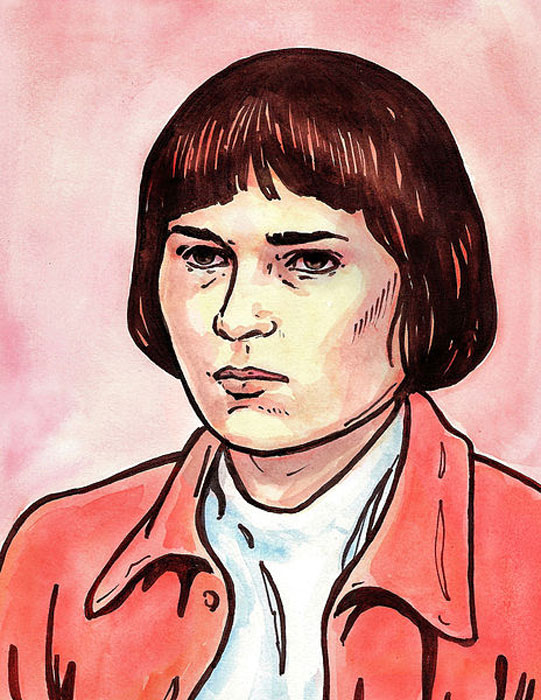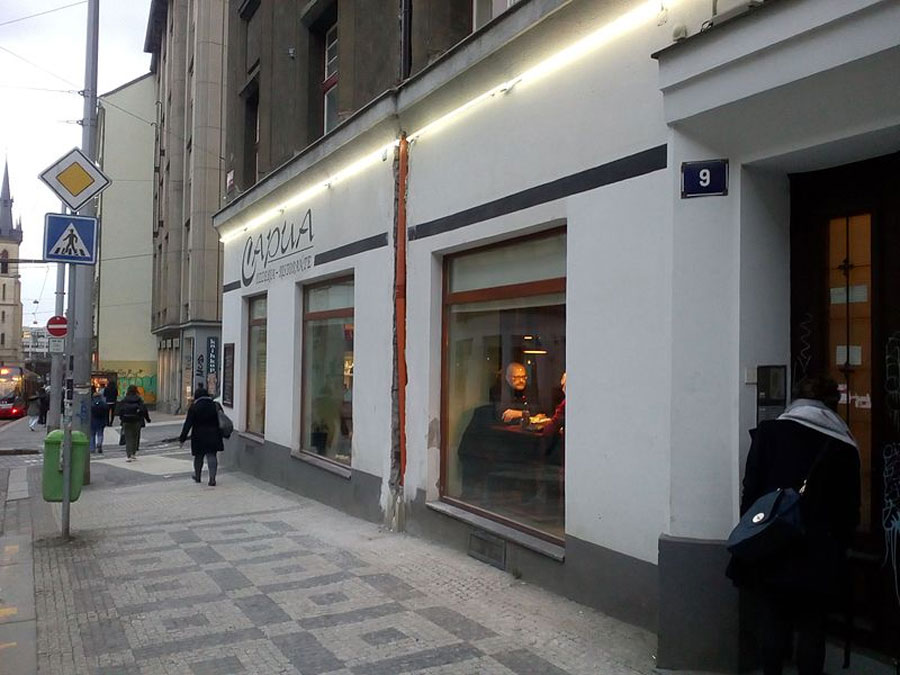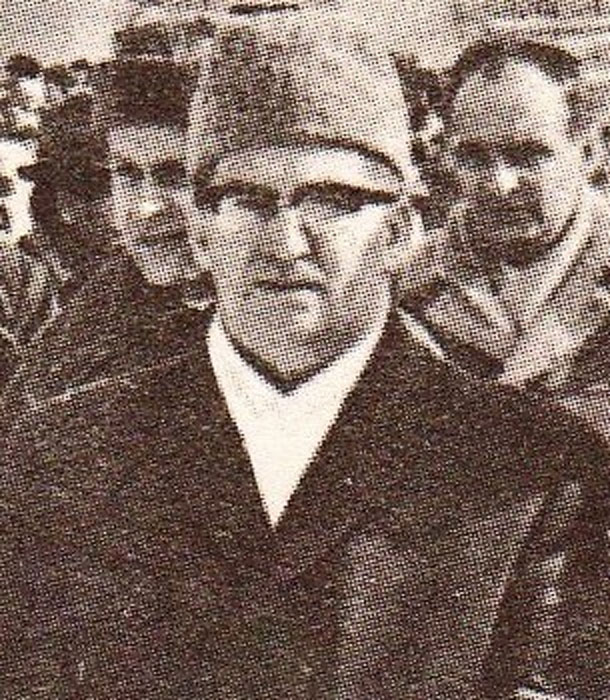Olga Hepnarová, the mass murderer, came up in the world with a strong need for revenge against everything that her family did to her. She blamed the world for it as well. Her crime on July 10, 1973, and her arrest on the same day will give chills to any who read of it, as her rage was beyond bounds.
She drove a truck into 25 people, her innocent victims waiting for a tram in Prague, Czechoslovakia. For this heinous crime, the verdict of death by hanging was given to Olga Hepnarová. She was executed in Pankrac Prison, Prague, on March 12, 1975. She was the last woman to be executed in Czechoslovakia, and she was aged only 23.

While this is the end of the story for the police and authorities, there are people who still want to know what forced her to take this action. Her story is out in public, but some people are still unaware of which sources can be trusted, and what information is true.
Olga Hepnarová’s Life Before the Crime
Olga Hepnarová was born on June 30, 1951, in the city of Prague. Her mother was a dentist, her father a bank clerk. Surviving records show she was an average child but early on had developed some psychiatric problems. In 1964 she attempted suicide, and afterwards spent a year recovering in a psychiatric ward.
She eventually came out this ward and tried to resume a normal life. She was successfully hired for several jobs but was always fired after a short while. Her last gave her the means to become a mass murderer, as a truck driver.
The Crime of Olga Hepnarová
It was a warm day on July 10, 1973. Olga had decided, quite actively, to go ahead and kill a group of people that day. She had no number in her mind, as she intended to kill as many people as possible. So she ran her truck into the 25 elderly people standing and waiting for the tram, on Milady Horakova street in the Prague 7 district.
Out of 25 victims, three of them died on the spot, three of them died later on the same day, and two more lost their lives in the next few days. She managed to kill 8 out of the 25 people she ran her truck over. A further 12 of them were seriously injured, while others had minor injuries. All the people in that group were between the ages 60 to 79.
There is no question that this was a completely planned murder. Olga Hepnarová had sent a letter to two of the top newspapers of that time, Milady Svet and Svobodne Slovo. The letter had an explanation about her action that she was about to commit. She expressed her hatred that she received from her family and how the world rejected her. She wrote that she sought revenge for all that has happened to her.
- The Mystery of Germany’s Hinterkaifeck Farmhouse Murders
- Papin Sisters: Shocking Housemaids’ Crime That Shook France
The letter was posted before the murder, but the postal system wasn’t so fast back in those days. The newspapers received that letter two days after the murder. Given the contents of the letter, one can conclude that this had been building in her mind for a long time. She wanted revenge against society and had earlier planned to derail or otherwise destroy a train.
Her letter reveals her isolation and troubled state of mind: “I am a loner; I am a destroyed woman. I am the woman whom people destroyed”. Following that, she says “I have a choice – either I can kill myself or kill many others” and later “I choose to seek revenge on those who hate me.” And everyone knows what she chose.
Her letter was what shocked the people who read it, with her feelings about being rejected, mocked, or broken. The letter goes on; she adds that “It would be too easy, if I leave the world by suicide, as no one would remember my sufferings.” Finally she concludes “Society is too indifferent, and with all the rights, I give my verdict.”
Her verdict was, “I, Olga Hepnarová, a victim of bestiality, sentence you [the world] to the death penalty.” This judgment demonstrates her anger and frustration towards society, this world, and people living in it. She clearly meant that people should remember what she did, and for what reasons.
The Investigation of the Crime
When interviewed by the authorities, Olga Hepnarová confirmed her intention towards killing her victims. She said that she intended to kill as many people as possible. She said it was not due to any personal problems but her hatred for society and the world. She had no regret for her actions, and the psychology experts who examined her confirmed that she was aware, and in her senses, while she committed the crime.
In one of her statements, she said that the moment came to her: there were no cars, no trams, and nothing else in her way. So, she decided and said to herself that it was the right time to get it done. She drove on the pavement down the slope and ran into the crowd to knock them all down.
While this suggests she might have just seen an opportunity and acted, in reality she planned it all out right from the start. It seemed like she had been striking off options from her list of “How to murder many people?” and finally found her solution in running a truck over a group of people. She executed her plan by setting off the truck and driving down a slope that directly lead to the spot. The slope allowed Olga Hepnarová to gain speed in the hope of increasing the death toll.
Astonishingly, this attack with the truck was even her second attempt on that day! In the first attempt, she drew back her foot from the pedal because she thought there were not enough people to cause the damage she required.
Olga in Court
Olga Hepnarová was offered an experienced lawyer to fight the case on her behalf, but she refused to take help or co-operate. She insisted throughout that she was sane and in her senses. Moreover, she constantly repeated that, “If society can destroy individuals, individuals can destroy the society as well.” She added to the statement saying that “I wanted to take revenge on the society as well as my family because they are my enemy.” She said that, now she had managed to take the revenge, she felt a sense of satisfaction and relief.
And, in this way, she punished society in a way that she considered legitimate. She was arrested on the day she comitted her crime, and held by the authorities until, on April 6, 1974, she was sentenced to death for the murders. This judgment was passed by the City Court, and later affirmed by higher courts. Her mother finally raised the appeal to Supreme Court, which responded only by reclassifying the judgment to “public endangerment” before giving the same verdict of death by hanging.
Her several psychiatric examinations always had the same result, and the doctors held her accountable for committing the crime. Prime Minister Lubomir Strougal personally rejected the final plea for pardon. The execution was carried out on March 12, 1975, at Pankrac Prison, Prague. Afterwards, her executioner said that she had collapsed right before execution and was dragged to gallows. Later still the executioner admitted to quitting his job, as Olga Hepnarová had made him feel revolted by it. She threw up on him, defecated, and fought bitterly before she was hanged.

When Olga Hepnarová was interviewed in prison, she said that she was not afraid of the death sentence, and instead she readily accepts it. Why would a person fear death when she planned to either die alone or kill others? It seems like she won the war against society and did her part to satisfy her vengeance. But was it all her fault? Killing people is never a solution, for sure! But, the sufferings she experienced due to society and their impact on her have never been fully revealed.
Scorned by Society
This incident that cost the lives of 8 innocent elderly people was a tragic one. Some people in society can feel embittered and see their instincts and motivation to live changed. This can be alleviated by upbringing and the understanding that nature can heal things over time. Olga Hepnarová did blame society and her family for everything wrong that had happened to her. But, her actions were not right at all! Killing innocent elderly people made her statement across the globe, but only added their suffering to hers.
She could have lived to tell the story and educate the generations about how society should be. But, she chose the path that she thought to be the most appropriate response to her despair, and those she blamed for her destruction.
Top Image: Olga Hepnarová, Source: Janykula / CC BY-SA 3.0
By Bipin Dimri


